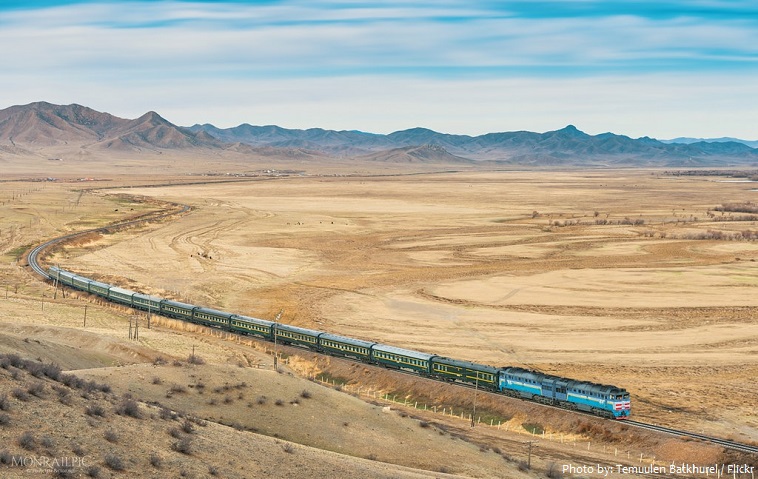
The Trans–Siberian Railway is a network of railways connecting Moscow with the Russian Far East.
With a length of 9,289 kilometres (5,772 miles) from Moscow to Vladivostok, it is the longest railway line in the world.
Taking eight days to complete the journey, it is the third-longest single continuous service in the world, after the Moscow–Pyongyang 10,267 kilometres (6,380 mi) and the Kyiv–Vladivostok 11,085 kilometres (6,888 mi) services, both of which also follow the Trans-Siberian for much of their routes.
Traveling Trans-Siberian railroad can be compared with traveling through time as the railway covers 8 time zones!
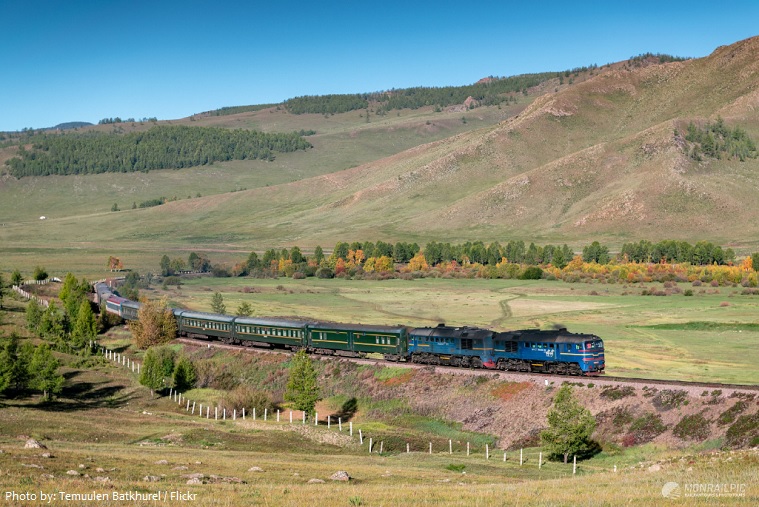
The railway connects hundreds of large and small cities of the European and Asian parts of Russia.
Besides Moscow and Vladivostok most attractive cities for tourists are Yaroslavl (or Nizhny Novgorod, depending on the route), Ekaterinburg, Novosibirsk, Irkutsk. Transsibirka goes about Lake Baikal southern
parts and you can enjoy its view from a train window. The same is for slightly replaced landscapes of Central Russia, Ural, Siberia, Transbaikal and Far East.
Trans-Siberian Railway crosses 16 big Russian rivers, including Volga, Kama, Ob, Yenisei, Irtysh and Amur. A bridge over the Amur River is the longest on this railway: approximately 2.5 kilometres.
Most spectacularly, the Trans-Siberian travels along the world’s most voluminous freshwater lake, Lake Baikal, for 207 kilometers
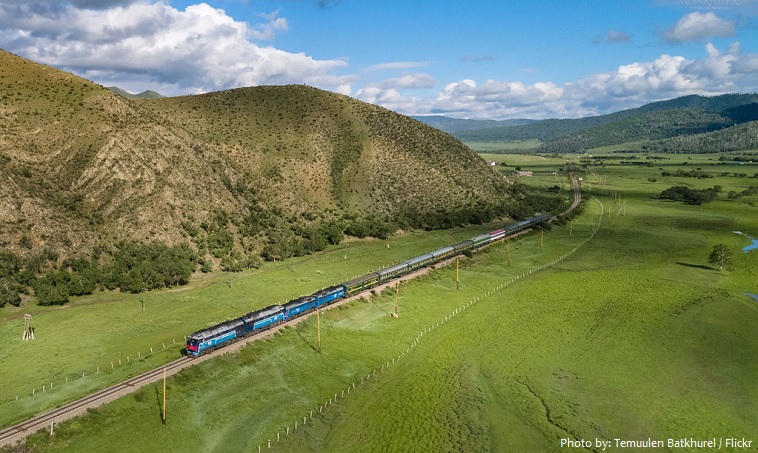
The Trans-Siberian Railroad has approximately 876 stations for passenger trains. Most of these stations are small and unfortunately are ignored largely by tourists.
The Trans–Siberian Railway had great importance in the economic, military, and imperial history of the Russian Empire and the Soviet Union.
Russian Empire government ministers personally appointed by the Emperor Alexander III of Russia and by his son, the Tsarevich Nicholas (later Emperor Nicholas II from 1894), supervised the building of the
railway between 1891 and 1916.
Simultaneously, the construction involved more than 100,000 workers and the work was carried out by hand using shovels, axes, crowbars, saws. Despite the many complexities (taiga, mountains, rivers, lakes, and floods), the tracks were built with amazing speed – around 740 km (460 mi) per year. This is a high figure even for modern construction and is partly thanks to the ingenious ideas of Russian engineers. Prisoners were also put to use though in building the railways.
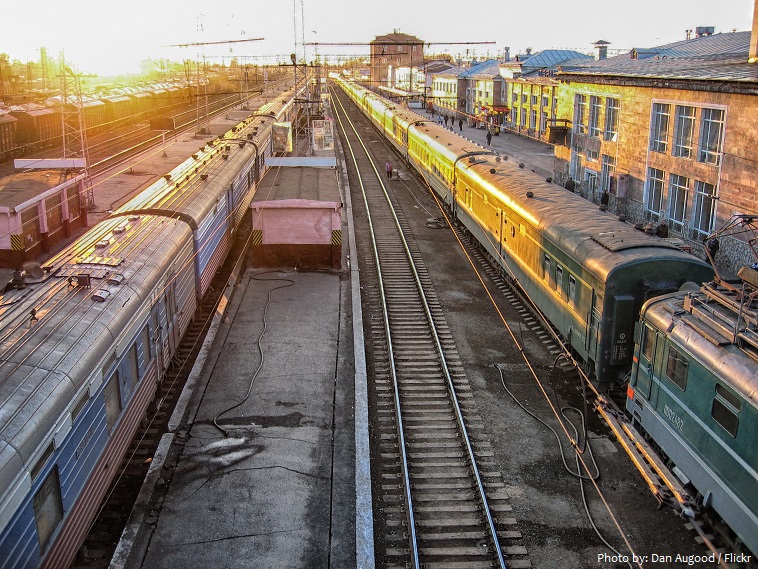
The original train with its marble-tiled bathrooms, a grand piano in the music room, a library and a gym, as well as caviar and sturgeon in the first-class dining room, proceeded at a stately 32 km/h (20 mph) or so and took nearly four weeks for the journey. The third-class carriages with their cargoes of peasants were crammed and uncomfortable, and there were frequent delays because the line had been built too quickly. Passengers needed to develop a certain fatalistic patience and today the Lonely Planet guidem compares the experience to ‘being on a sea voyage or having a beach holiday indoors’.
The Trans–Siberian Railway was the cause of a major war, which turned into one of Russia’s most humiliating defeats: the Russo-Japanese War starting in 1904. The war marked the first time a non-Western power defeated a Western state in the modern era, and helped give rise to the US-Japanese rivalry thatm culminated in the Pearl Harbor attack.
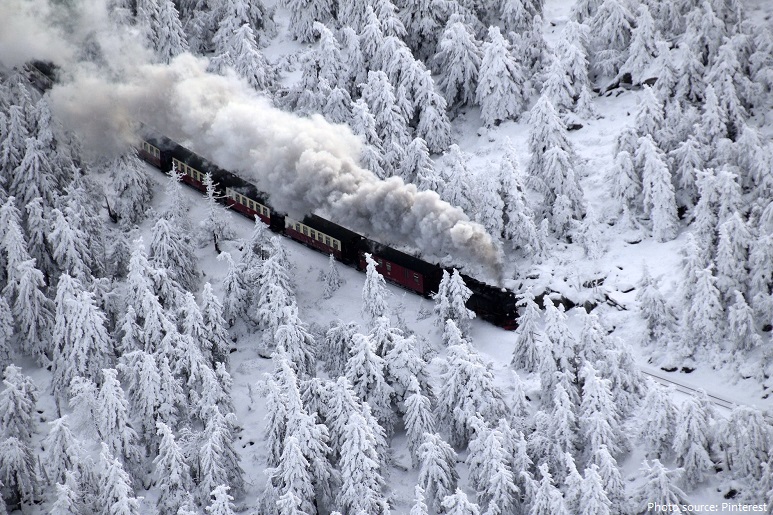
During World War II, the Trans-Siberian Railway played an important role in the supply of the powers fighting in Europe.
Expansion of the railway system continues as of 2020, with connecting rails going into Mongolia, China and North Korea.
The European part of the Trans-Siberian covers about 19% of the total length of the railway against 81%, belonging to Asia.
Simply mentioning the Trans-Siberian Railroad usually refers to the Moscow–Vladivostok line. The reality, in fact, is much more complicated. The Trans-Siberian Railroad is not just a single railroad, but a rail network made up of five lines: the Trans-Siberian, the Trans-Mongolian, the Trans-Manchurian, the Baikal-Amur and the Ural.
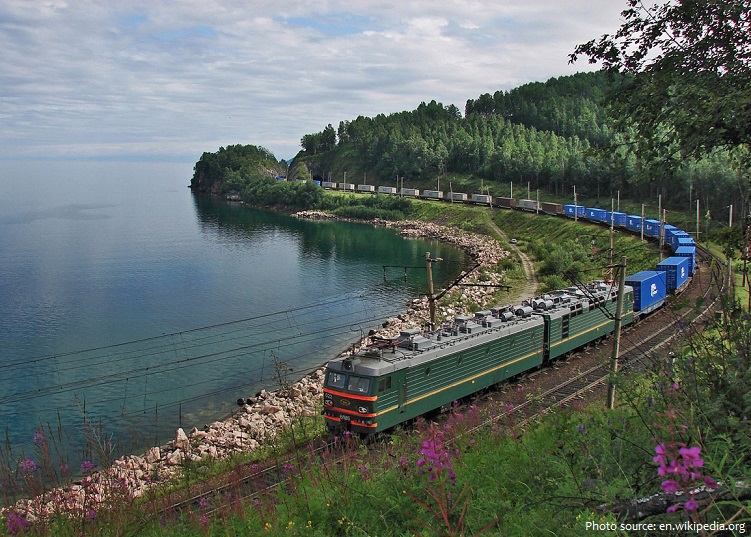
The coldest part of the Trans-Siberian Railroad is found between the Mogocha and Skovorodino stations, where temperatures can go as low as -62°C (-79.6°F)!
To travel on the Trans-Siberian train, from Vladivostok to Moscow, it costs around $1,600 in a first class sleeper compartment, and $820 in a second class sleeper compartment. You can also find third class open-plan dormitory cars on some trains.
It is one of the most impressive engineering feats in modern history.
The Trans–Siberian Railway egg is a jewelled Easter egg made under the supervision of the Russian jeweller Peter Carl Fabergé in 1900 for Tsar Nicholas II of Russia. The Fabergé egg was presented by Nicolas II as an Easter gift to his